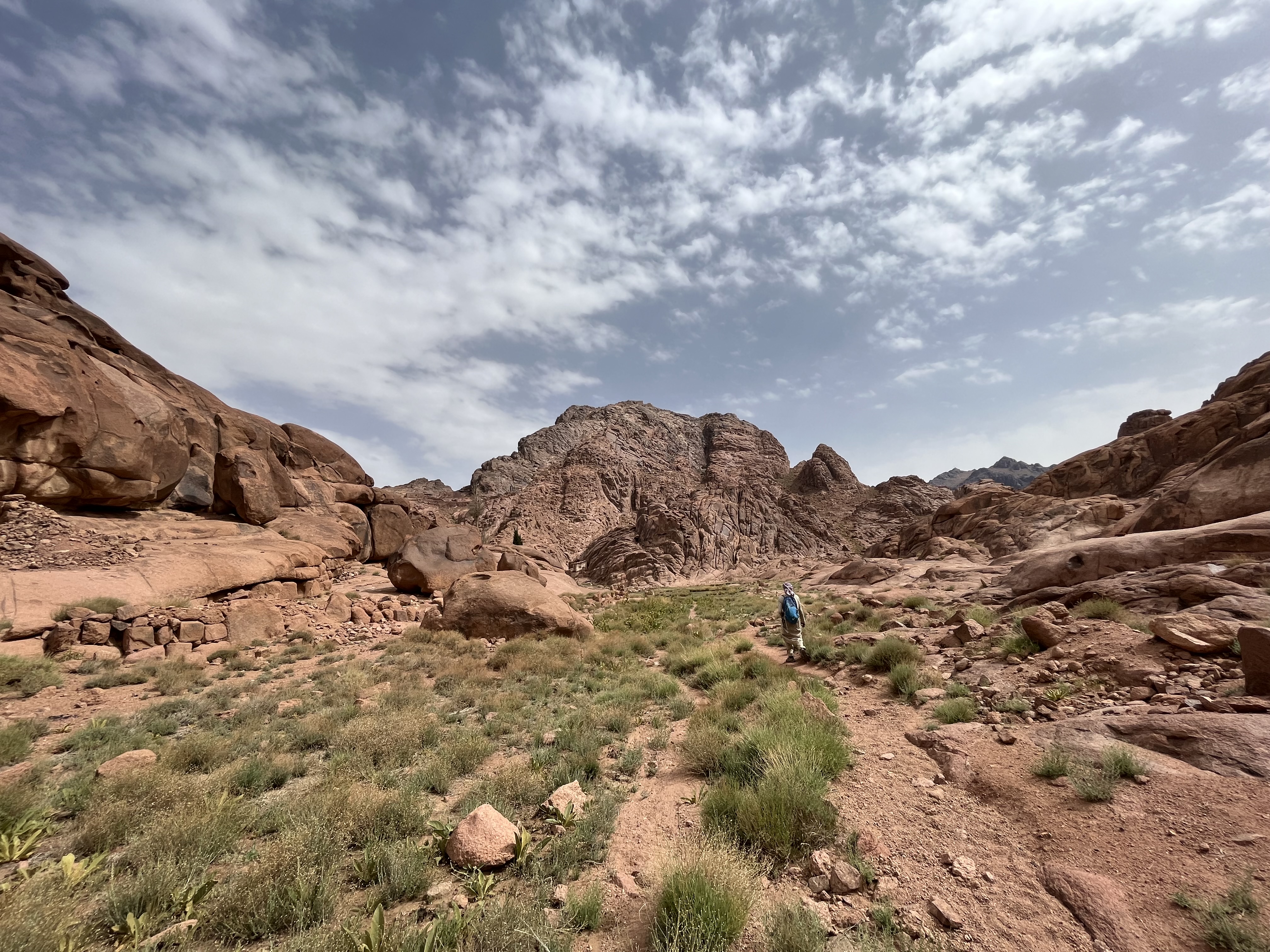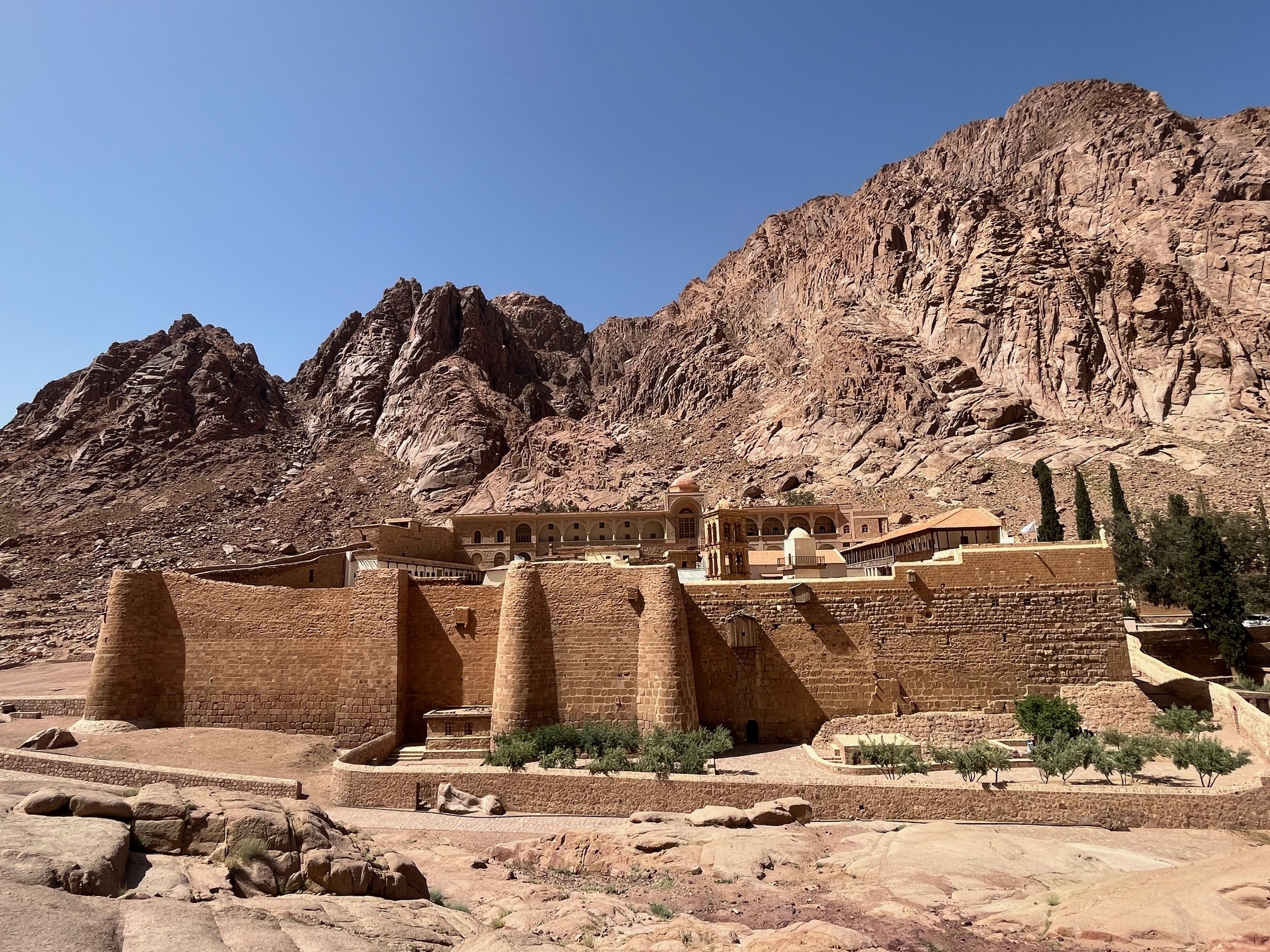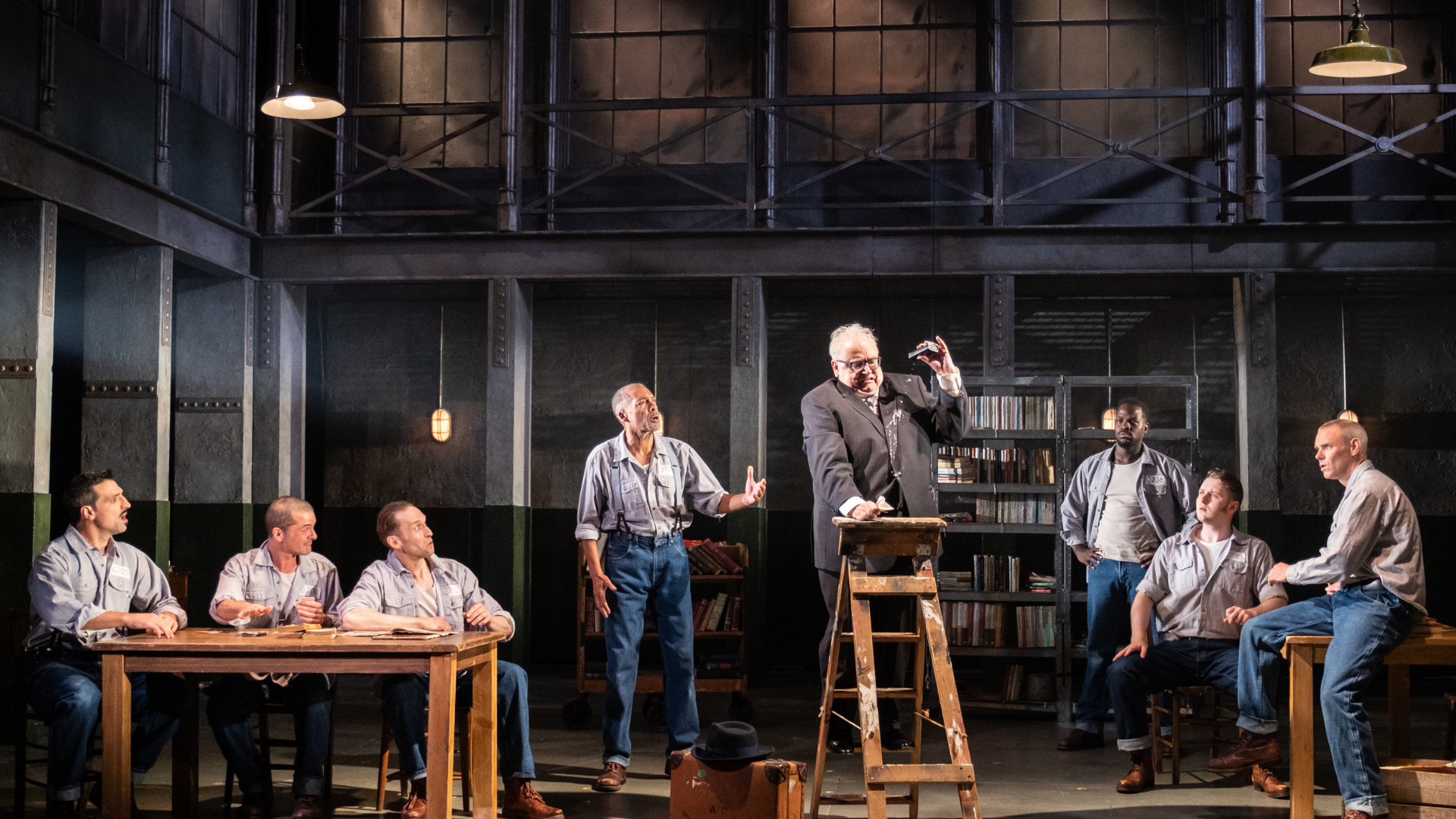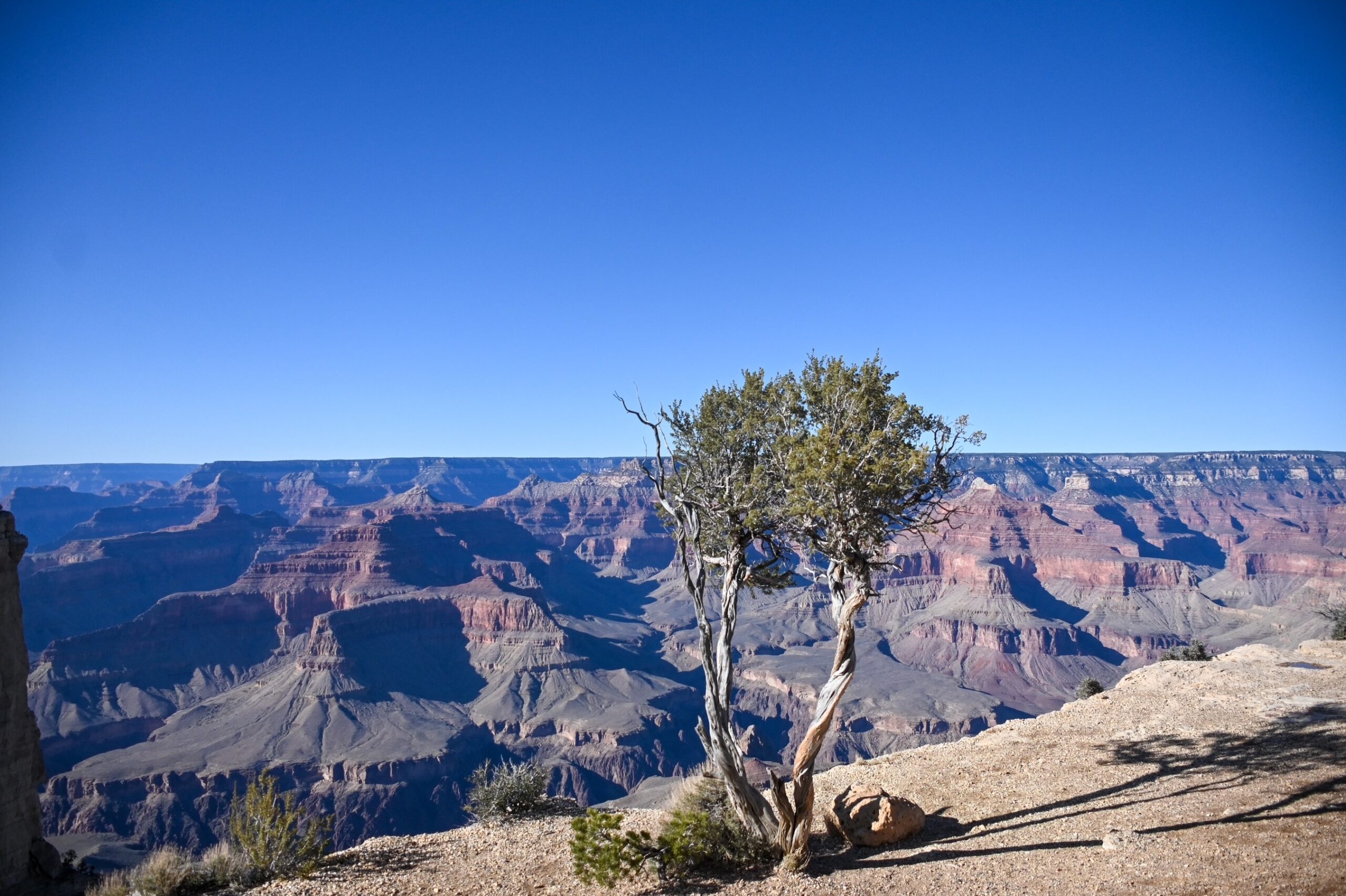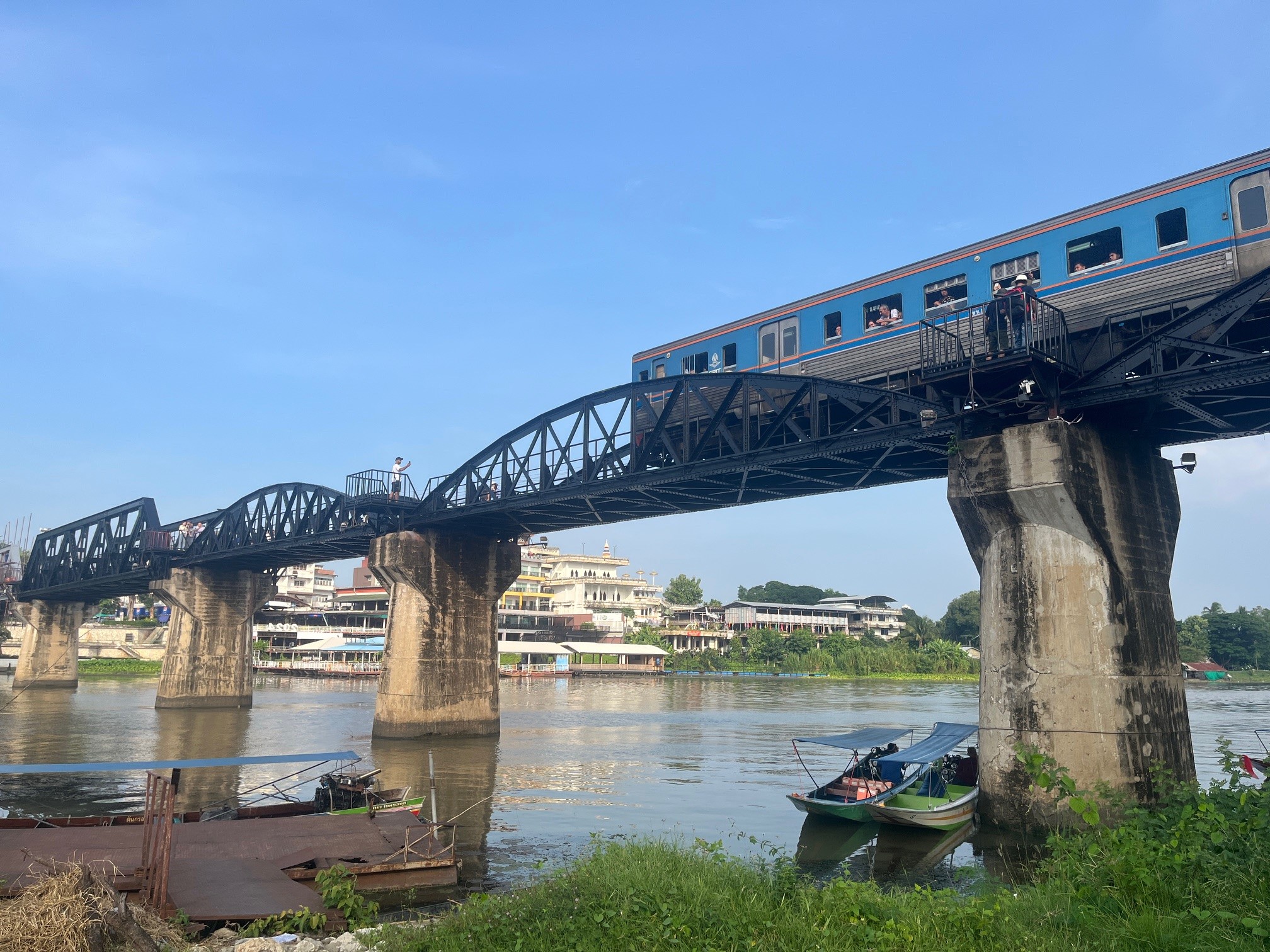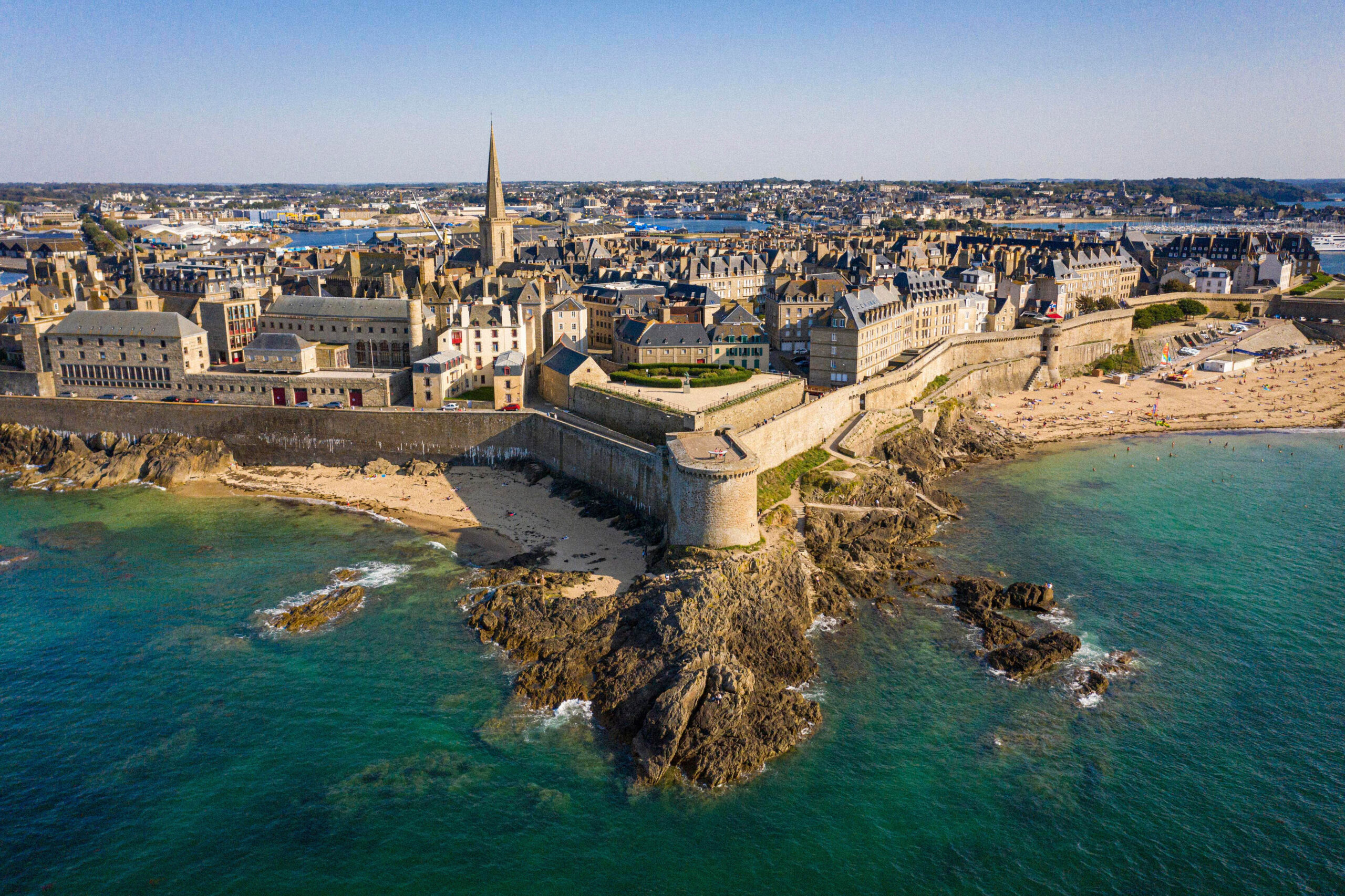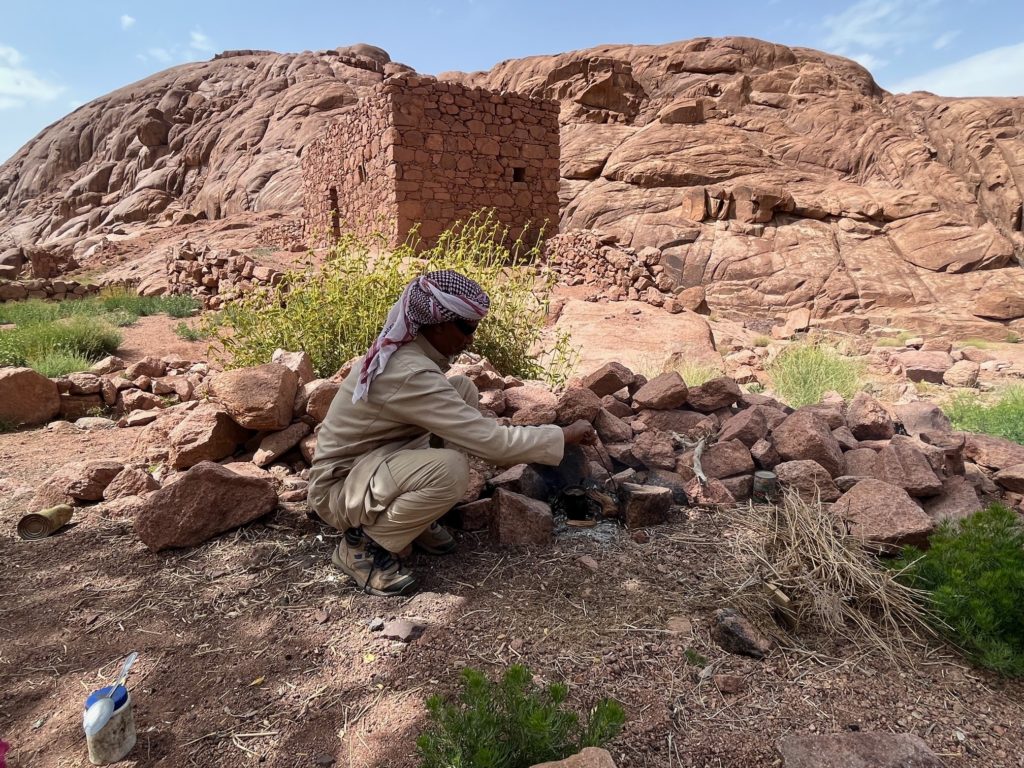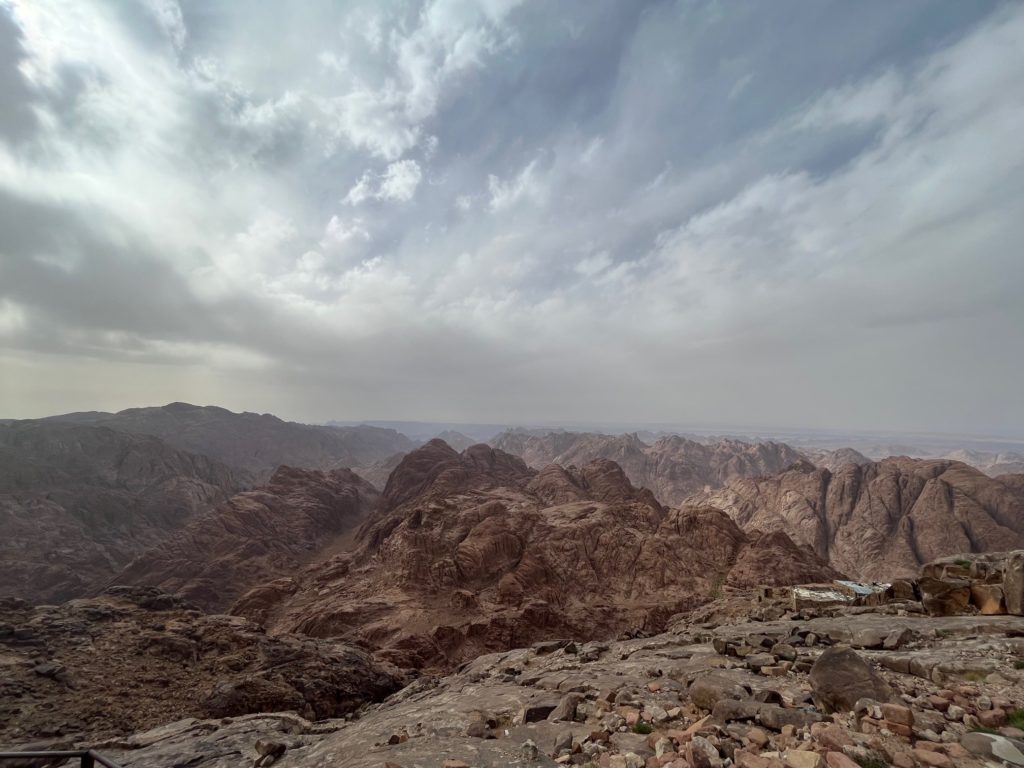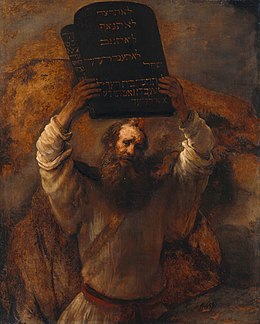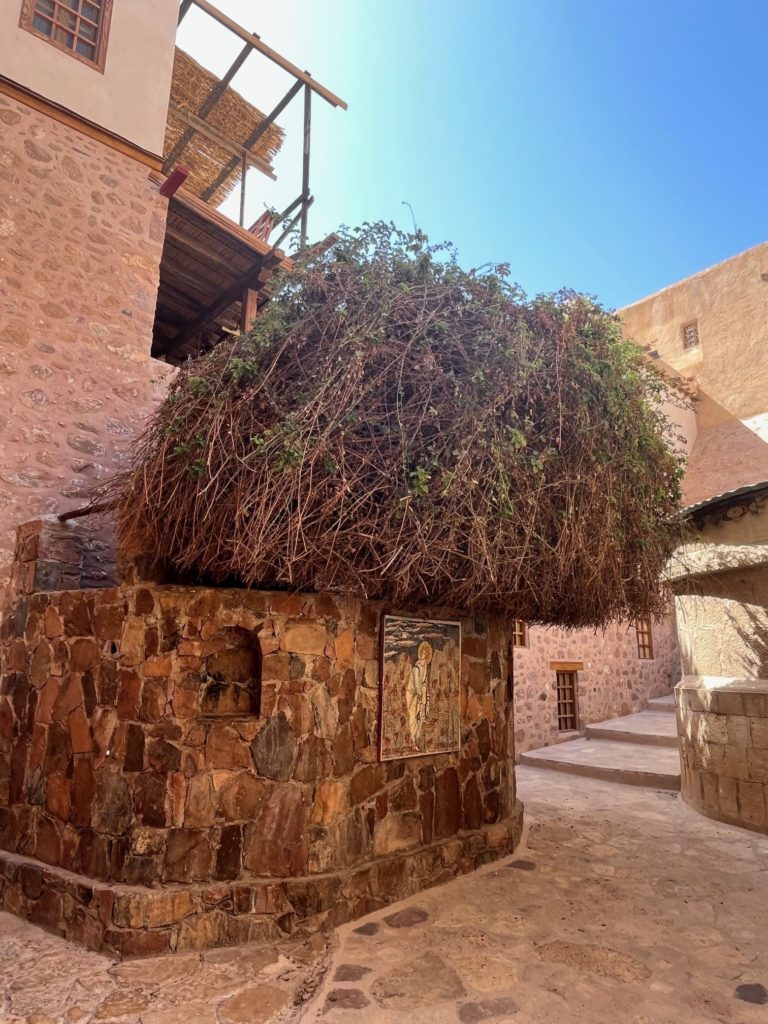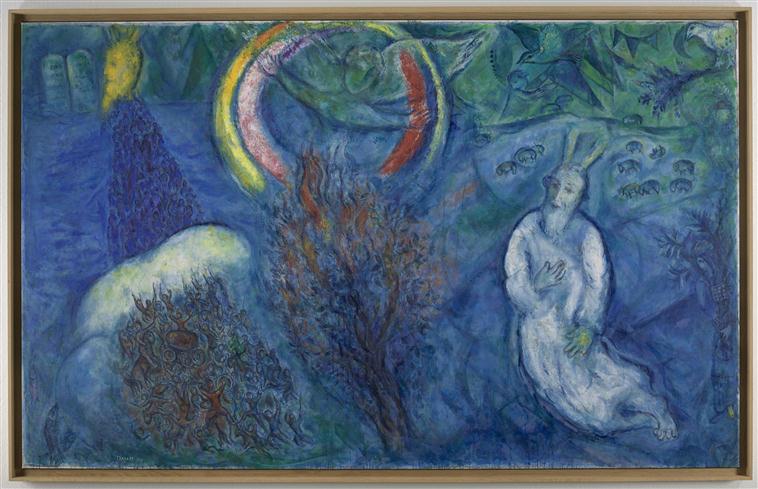When I arrived at the summit of Mount Sinai last May, I felt as if I were honoring an appointment missed over thirty years ago. In 1992, we had planned a trip that would take us in a loop from Israel to Jordan and then the Sinai Peninsula. But a car accident in Aqaba prevented us from completing the last leg.
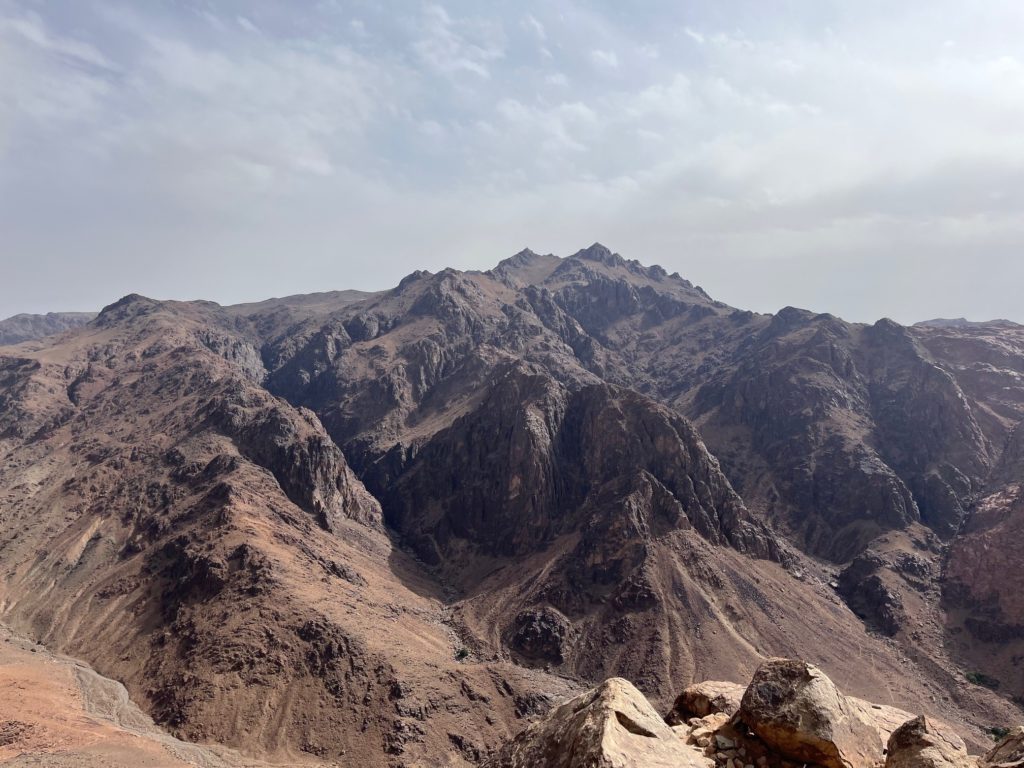
After visiting Saint Catherine monastery, I set off in the late morning accompanied by a Bedouin guide. It was hot, but the wind and altitude made for a pleasant climb. My guide knew where to find fresh water and prepared a sumptuous baba ghanoush for lunch, passing an eggplant for a few minutes over the flame of the fire he had lit. We took the longer route around the back of the mountain and didn’t encounter many people in the harsh but beautiful landscape of sun-scorched black, yellow, ochre, and red rocks stretching as far as the eye could see. When we reached the steeper steps leading up from the monastery, we passed a few pilgrims. At the top, a group of Christians from Malaysia were reciting prayers and hymns, celebrating an ascent that I had seen to be painful for many of them. They came back down and left me alone beside the little chapel that marks this landmark of faith.
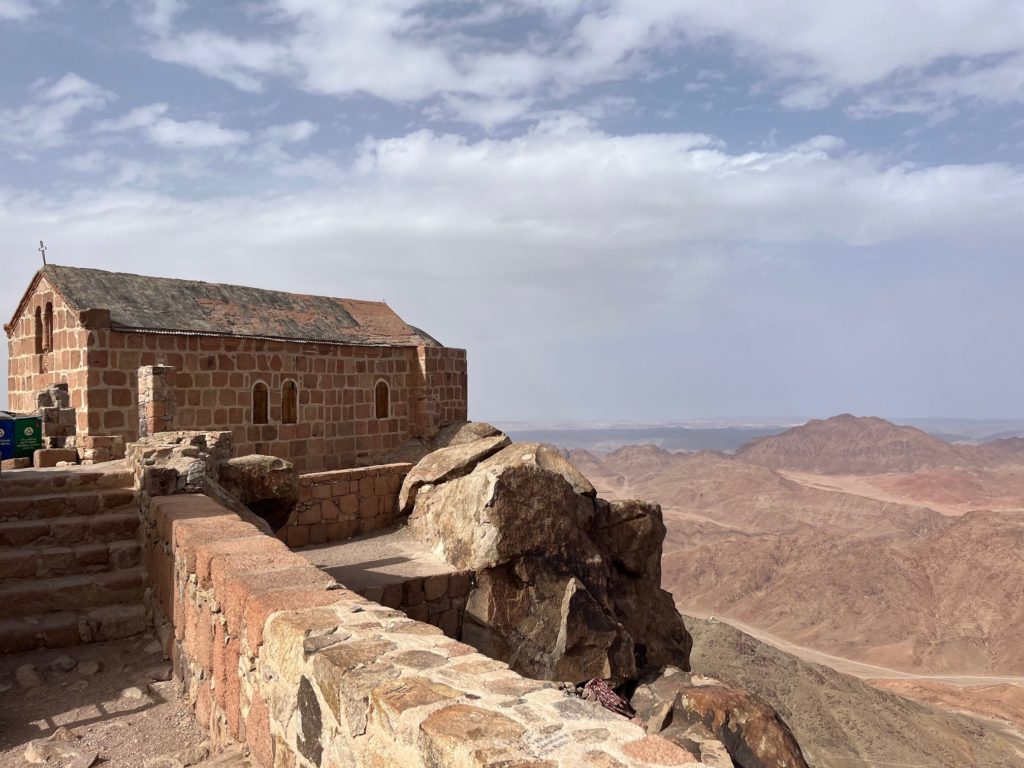
Because, of course, I wasn’t the first person to have an appointment on the summit of Sinai. The Arabic name for this mountain, which rises to 2285 meters, is Djebel Moussa, meaning Moses’ mountain. According to the Book of Exodus, it was here that, after freeing his people from Egypt and crossing the Red Sea, the prophet received the Ten Commandments (Ex 20:1-17). As he descended, he came upon the Hebrews worshipping the Golden Calf. His anger exploded, and he broke the Tablets of the Law. He had to climb back up to the summit to re-engrave the Tablets and seal the covenant between God and the people of Israel.
At the foot of Mount Sinai lies the Burning Bush, around which the Orthodox St. Catherine monastery was built. Earlier, in the Exodus narrative, it is from within this Bush, which burns without being consumed, that God reveals Himself to Moses (Ex 3:1-4:17). Sainte-Catherine is one of the oldest monasteries in the world still active, with a presence attested as far back as the 3rd and 4th centuries. This place of prayer, now located in Islamic lands, has survived the vicissitudes of history, protected by its isolation and an edict from the Prophet Mohammed. A fine example of coexistence in a region where the three great monotheistic religions find it hard to live in peace.
The year of my appointment finally honored at the summit of Mount Sinai came just at the right time. It’s in 2023 that I chose to listen, at a daily rate of about twenty minutes for 365 days, to the podcast “The Bible in a Year“, in which Father Mike Schmitz reads and comments on the entire Bible, from Genesis to Revelation. Many of the passages are inspiring and literary masterpieces, though others are less so. This daily rendezvous has left its mark on me and done me good.
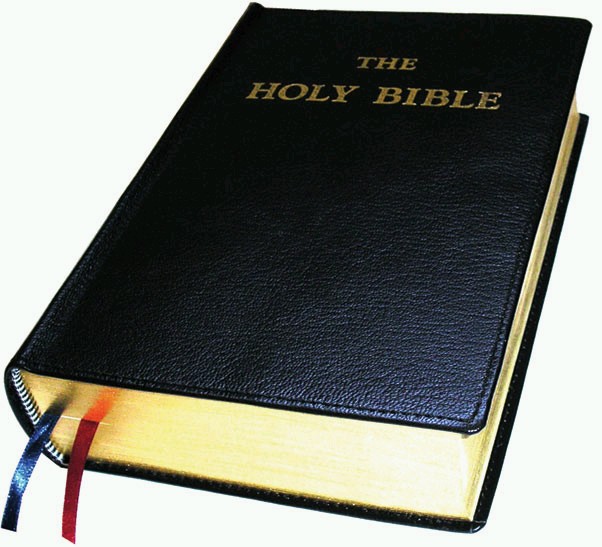
From the top of Sinai, marked by effort, sun and wind, the words of Saint John came back to me:
“The wind blows where it wills, and you hear the sound of it; but you do not know whence it comes, or whither it goes; so it is with everyone who is born of the Spirit.” (John 3:8).
